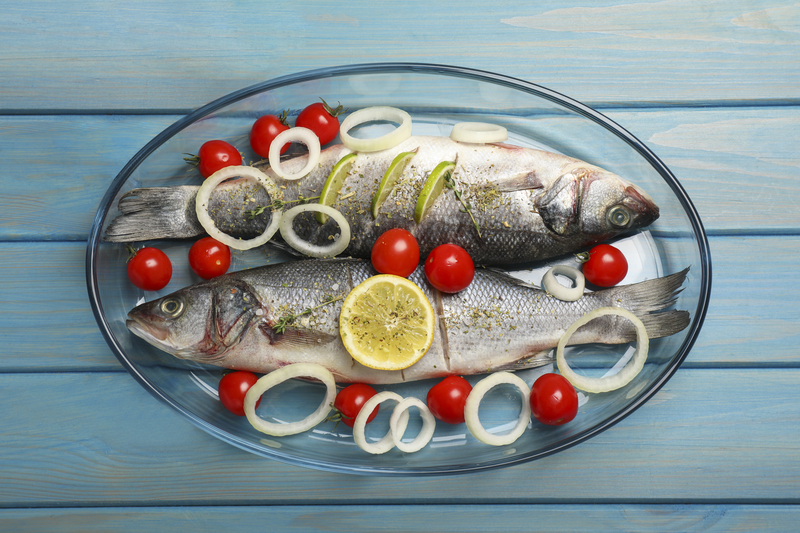 Cooking fish is a culinary art that spans across cultures and cuisines.
Cooking fish is a culinary art that spans across cultures and cuisines.
Among the various methods of preparing this nutritious and delicious protein, baking and roasting are two popular choices.
While these methods may seem similar at first glance, there are subtle yet significant differences that can affect the taste and texture of the final dish.
In this article, we will explore the disparities between baking and roasting fish, helping you understand when to use each technique to create mouthwatering seafood dishes.
- Cooking Methodology
Baking Fish
Baking is a cooking method that uses dry heat in an enclosed space, typically an oven, to cook food.
When baking fish, it’s usually done in an uncovered dish or on a baking sheet.
The heat source surrounds the fish, allowing for even cooking and browning.
Roasting Fish
Roasting, on the other hand, is a method that also uses dry heat, but it involves cooking the fish on an open rack or grill.
In roasting, the heat source comes from below or above the food, and the fish is exposed to direct heat, often resulting in a crispy exterior.
- Temperature Control
Baking Fish
Baking fish generally involves lower temperatures, usually between 350°F (175°C) and 450°F (230°C).
This slower cooking process helps retain moisture in the fish, making it less likely to dry out.
Baking is often used for more delicate fish varieties.
Roasting Fish
Roasting fish requires higher temperatures, typically between 400°F (200°C) and 500°F (260°C).
The higher heat promotes browning and caramelization on the surface of the fish, creating a delightful contrast with the tender interior.
Roasting is often chosen for thicker and more robust fish.
- Texture and Flavor
Baking Fish
Baking tends to produce a more tender and moist texture in fish.
The gentle, indirect heat allows the fish to cook evenly without excessive browning, resulting in a softer, milder flavor.
Baked fish is often seasoned or topped with sauces to enhance its taste.
Roasting Fish
Roasting creates a firmer texture and a more pronounced, caramelized exterior.
The direct heat intensifies the flavors and can produce a slightly crispy crust, which can be especially appealing for fish with a meatier texture, like salmon or swordfish.
- Cooking Time
Baking Fish Baking typically requires a longer cooking time compared to roasting.
The slower cooking process allows the fish to gently cook through without overcooking or drying out.
Roasting Fish Roasting is a quicker method due to the higher temperatures involved.
Fish can roast to perfection in a shorter time, making it a suitable choice when you’re short on time.
- Culinary Applications
Baking Fish
Baking is ideal for delicate fish varieties like flounder, tilapia, or sole.
It’s also well-suited for dishes like fish en papillote (cooked in parchment paper), where a moist, gentle cooking environment is desired.
Roasting Fish
Roasting works best with fish that have a stronger flavor profile or are thicker in texture, such as salmon, trout, or cod.
It’s a great technique for creating dishes like roasted whole fish, which benefit from the intense heat and resulting crispy skin.
Bottom Line – What Is the Difference Between Baking and Roasting Fish?
 In the world of culinary arts, understanding the nuances of cooking methods can elevate your dishes to new heights.
In the world of culinary arts, understanding the nuances of cooking methods can elevate your dishes to new heights.
When it comes to fish, the choice between baking and roasting depends on the type of fish, your desired texture, and the flavor profile you want to achieve.
Baking offers a gentle, moist cooking environment, while roasting provides a robust, crispy exterior.
By mastering both techniques, you’ll be well-equipped to create a wide range of delectable fish dishes to satisfy your palate and impress your guests.


